Can You Believe People Actually Eat Bugs?
Most people in North America have been conditioned to cringe at the idea of eating bugs. But believe it or not, many cultures around the world eat different creepy crawlies as a delicacy. Get ready to skip your next meal after this list of 20 bugs people actually eat.
 Photo by MCGau on Wikimedia Commons
Photo by MCGau on Wikimedia Commons
1. Ants
Though you’d think these tiny bugs aren’t even worth the effort, people from South America, Mexico, and China have collected and cooked these critters in various dishes. Be careful what salsa you eat in Mexico; you never know what might be added to the mix!
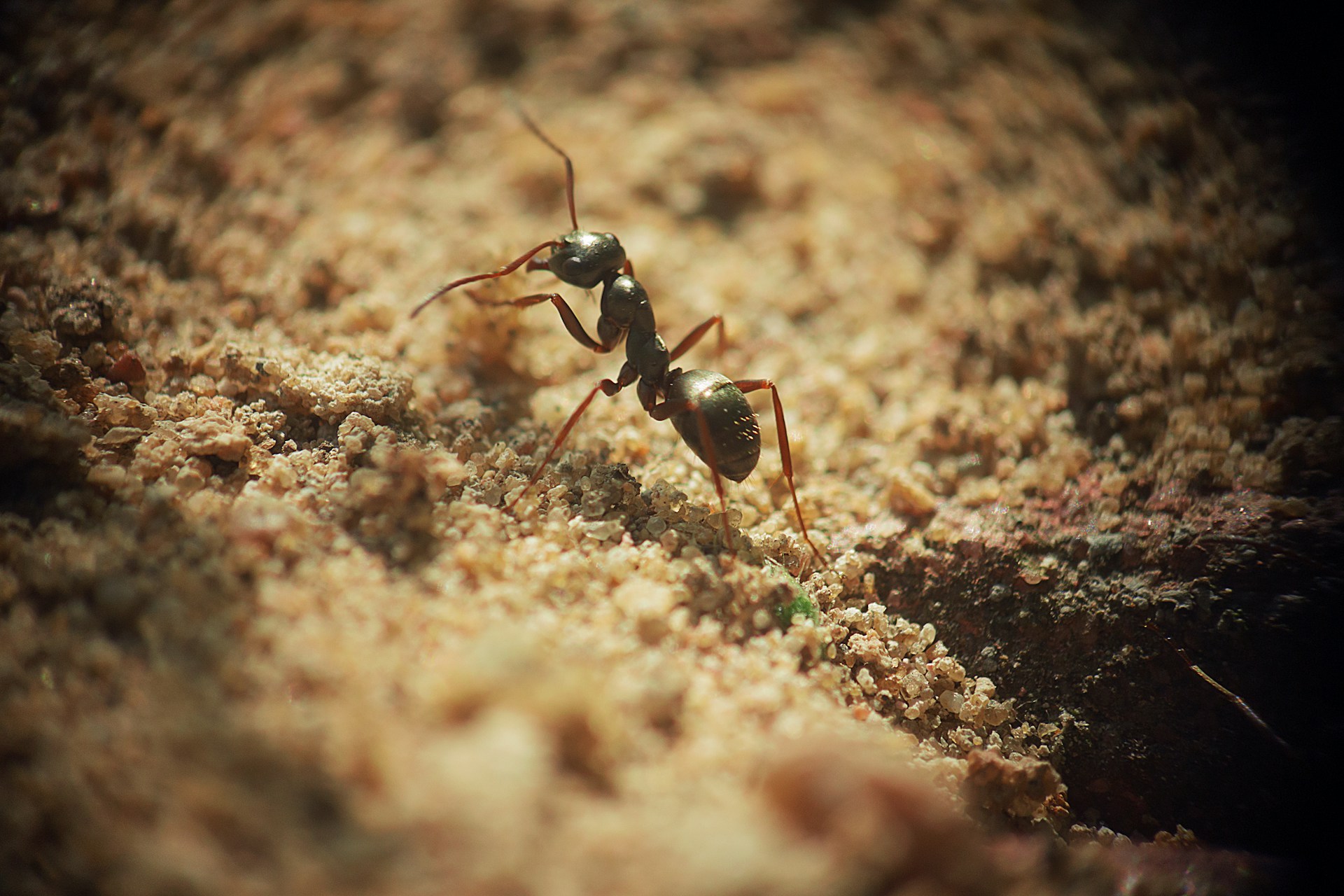 Photo by Рома Морозов on Unsplash
Photo by Рома Морозов on Unsplash
2. Grasshoppers
These springy bugs are a classic food in Central America. They’re an abundant source of protein for people both rich and poor, but we still want to avoid them on our next vacation.
 Photo by William Neuheisel on Wikimedia Commons
Photo by William Neuheisel on Wikimedia Commons
3. Crickets
We know we said most people in North America are squeamish about eating bugs, but crickets have actually found some popularity here. This bug is described as having a nutty flavor and is apparently good for gut health. We’d rather find other ways to improve gut health.
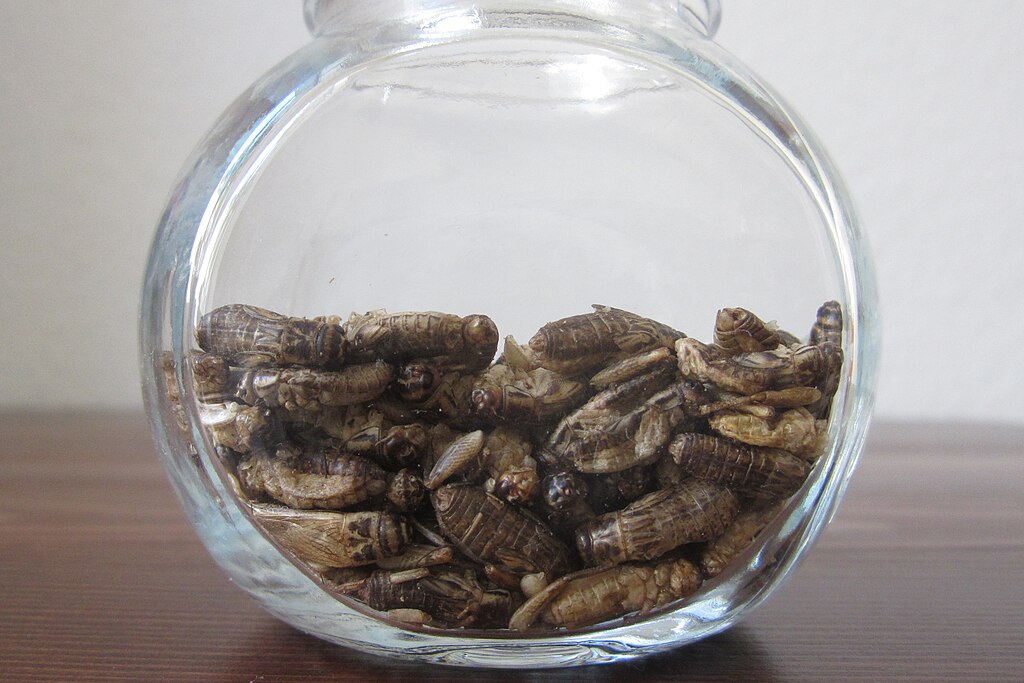 Photo by Insektenwirtschaft on Wikimedia Commons
Photo by Insektenwirtschaft on Wikimedia Commons
4. Scorpions
Though often venomous and terrifying, this critter is a delicacy in places like the US, China, and Vietnam. They’re packed with high-quality protein, healthy fats, and so much more. They supposedly taste like crawfish, but we’ve got no interest in finding out for sure.
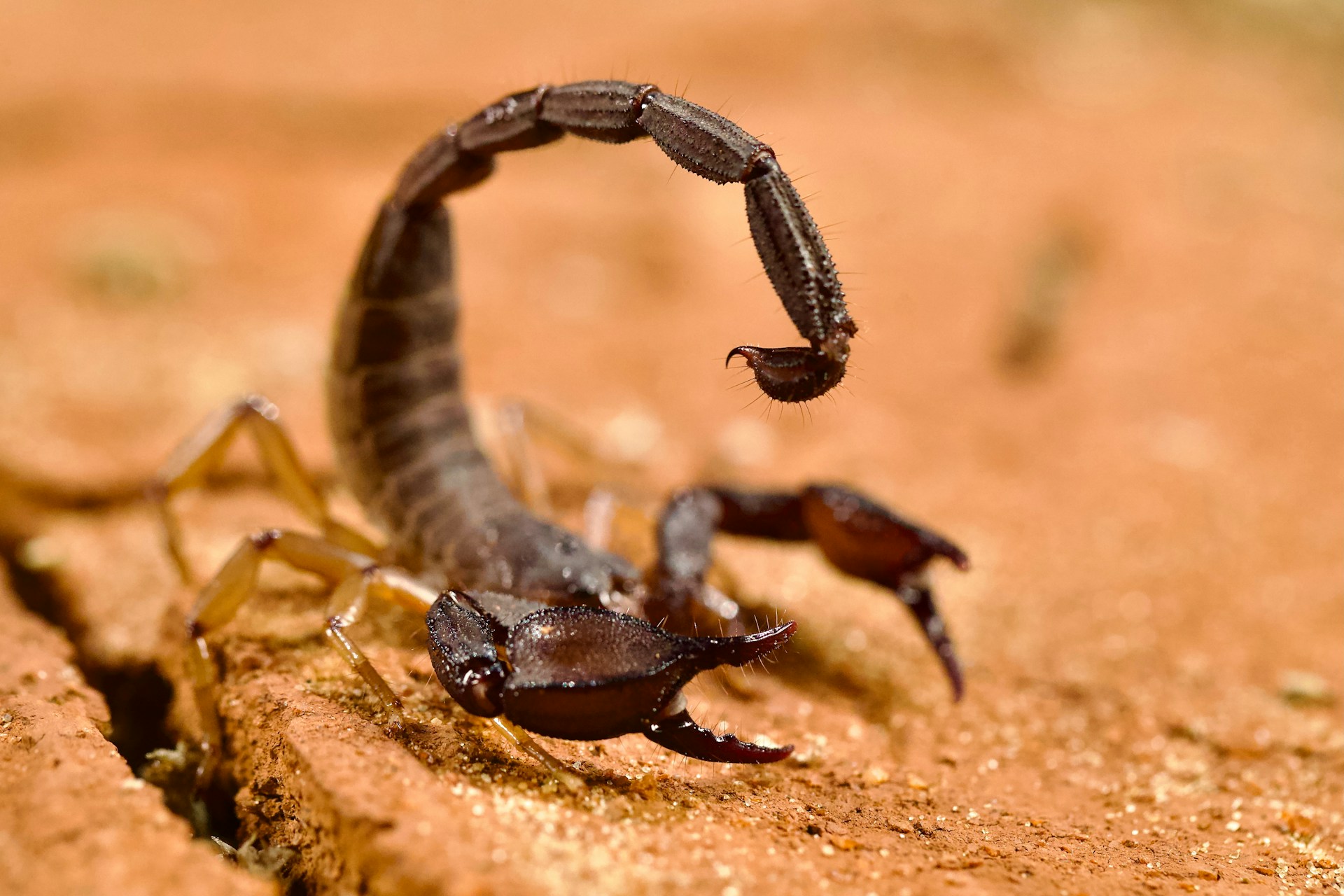 Photo by Andrey Tikhonovskiy on Unsplash
Photo by Andrey Tikhonovskiy on Unsplash
5. Dragonflies
Surprisingly, wingless dragonflies boiled in coconut milk and seasoned with ginger and garlic taste like soft-shelled crab. While people in Japan, China, and Indonesia are willing to eat these bugs, we’d rather leave them to eat the mosquitoes.
 Photo by James Wainscoat on Unsplash
Photo by James Wainscoat on Unsplash
6. Cicadas
Once popular in ancient Greece and Rome, these pests are high in protein and essential amino acids. The taste varies from nutty to smoky, so if you want to know, you’ll have to try it yourself.
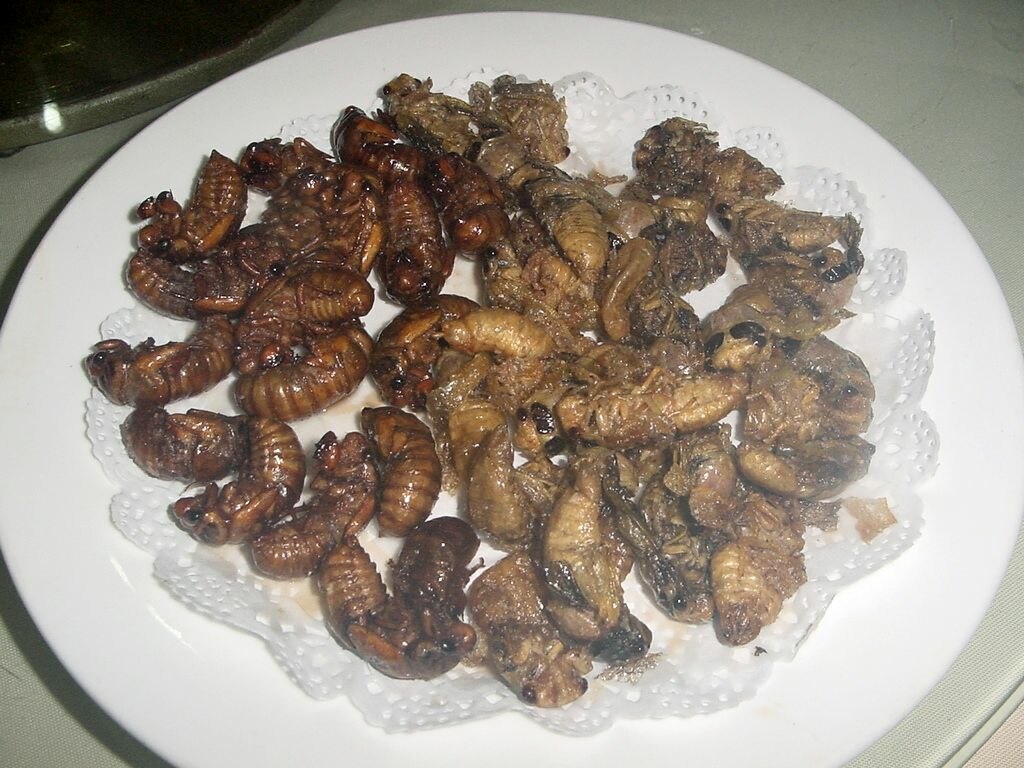 Photo by Hhaithait on Wikimedia Commons
Photo by Hhaithait on Wikimedia Commons
7. Earthworms
Turns out earthworms are useful for more than just fish bait in places like New Zealand and China. These squirmy bugs offer protein, fats, and micronutrients for those brave enough to eat them.
 Photo by Rob Hille on Wikimedia Commons
Photo by Rob Hille on Wikimedia Commons
8. Grubs
The term “grub” rightfully brings to mind memories of Simba’s “hakuna matata” moment in The Lion King. In places like Australia, Asia, and Africa, different grubs, or larvae, take on varied flavors from sweet and sour to creamy coconut. We doubt these grubs are as satisfying as they are slimy.
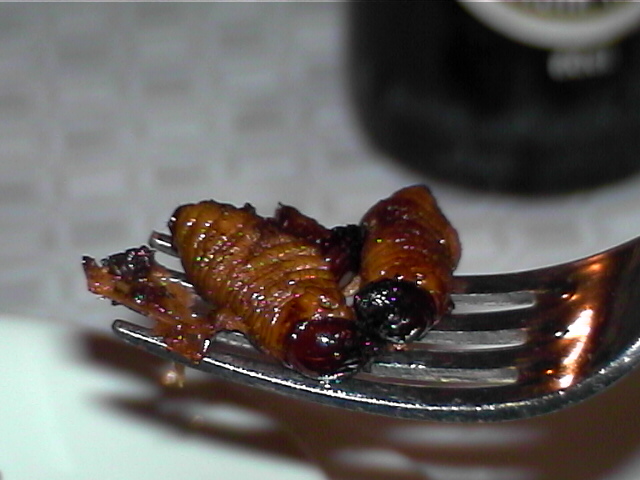 Photo by Zs6hz on Wikimedia Commons
Photo by Zs6hz on Wikimedia Commons
9. Giant Water Bugs
An amazing meat substitute for communities in Southeast Asia, giant water bugs are high in protein and minerals. While we understand the importance of protein, we might be too privileged to entertain this food source over something like chicken or beef.
 Photo by Bernard DUPONT from FRANCE on Wikimedia Commons
Photo by Bernard DUPONT from FRANCE on Wikimedia Commons
10. Locusts
Though the thought of locusts is commonly associated with biblical consequences for misdeeds, they’re actually a great source of protein, fatty acids, and minerals. Commonly eaten in Africa and the Arabian Peninsula, these bugs diversify protein options.
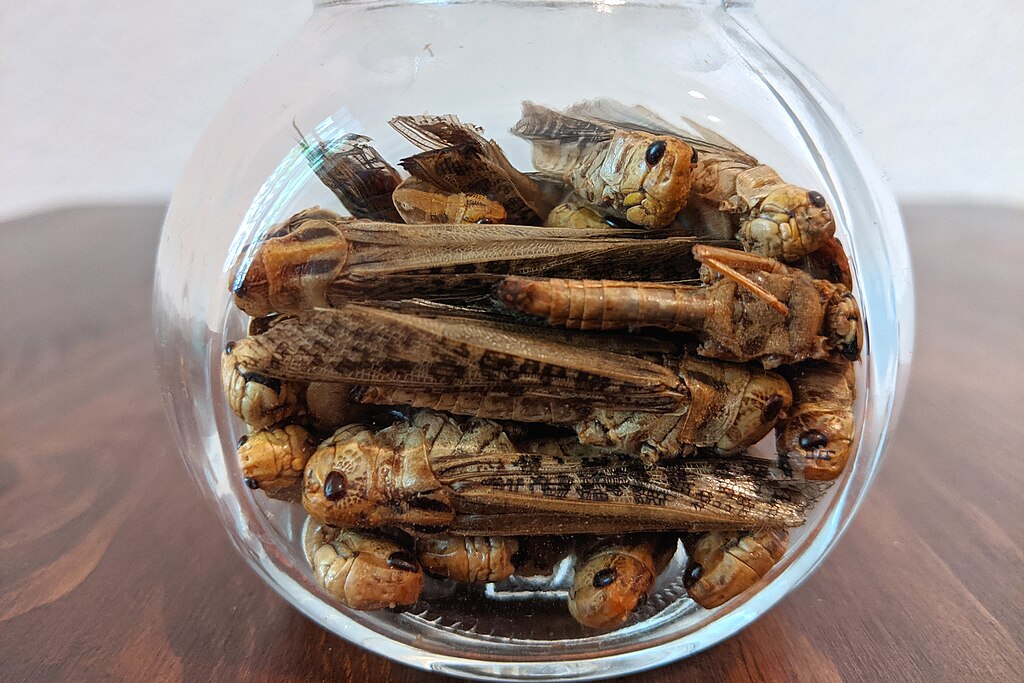 Photo by Insektenwirtschaft on Wikimedia Commons
Photo by Insektenwirtschaft on Wikimedia Commons
11. Centipedes
Not only are these bugs skewered and deep-fried as a healthy snack in China, they’re also found in centipede vodka and an ancient Chinese remedy. They’ve also been used in the past to treat things like epilepsy, cancer, and arthritis.
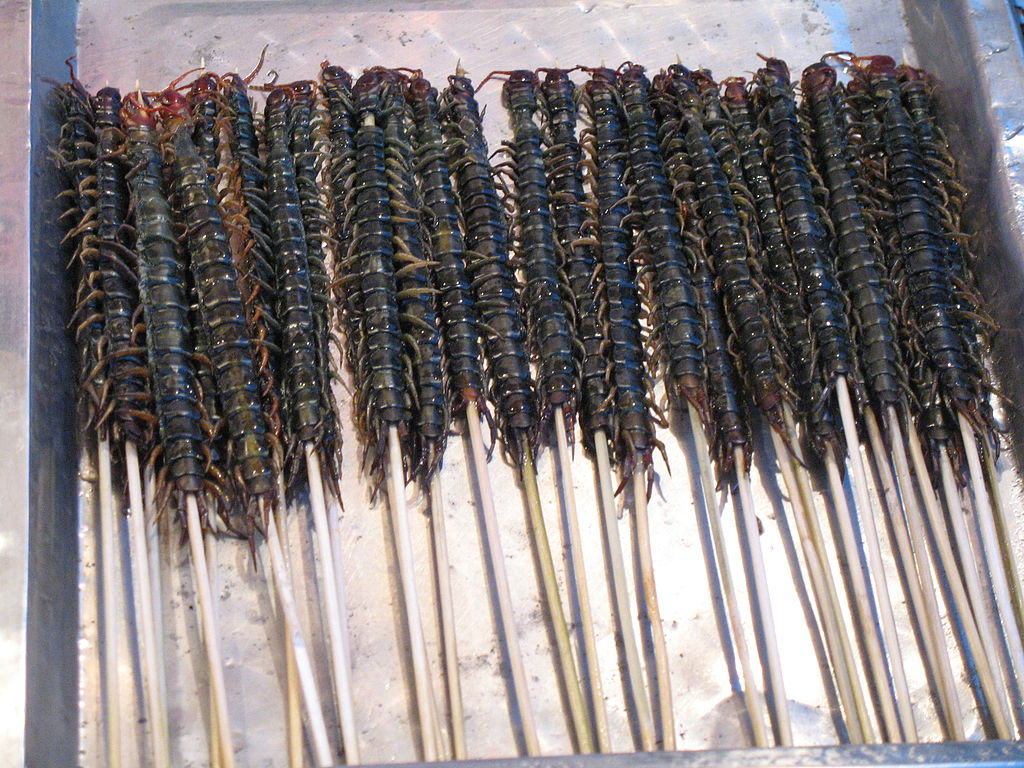 Photo by Denise Chan from Hong Kong, China on Wikimedia Commons
Photo by Denise Chan from Hong Kong, China on Wikimedia Commons
12. Caterpillars
It turns out even caterpillars are on the menu. In Mexico, the maguey worm is used to make tequila and even fried as taco toppings. While we may have heard of eating the tequila worm, few of us have had the nerve to try it.
 Photo by Cvmontuy on Wikimedia Commons
Photo by Cvmontuy on Wikimedia Commons
13. Stink Bugs
These aptly named bugs are eaten in South Africa and Mexico. Despite their smell, they’re full of important nutrients including crude protein, fats, and 12 amino acids. We’d rather skip this dish and find other sources for these nutrients.
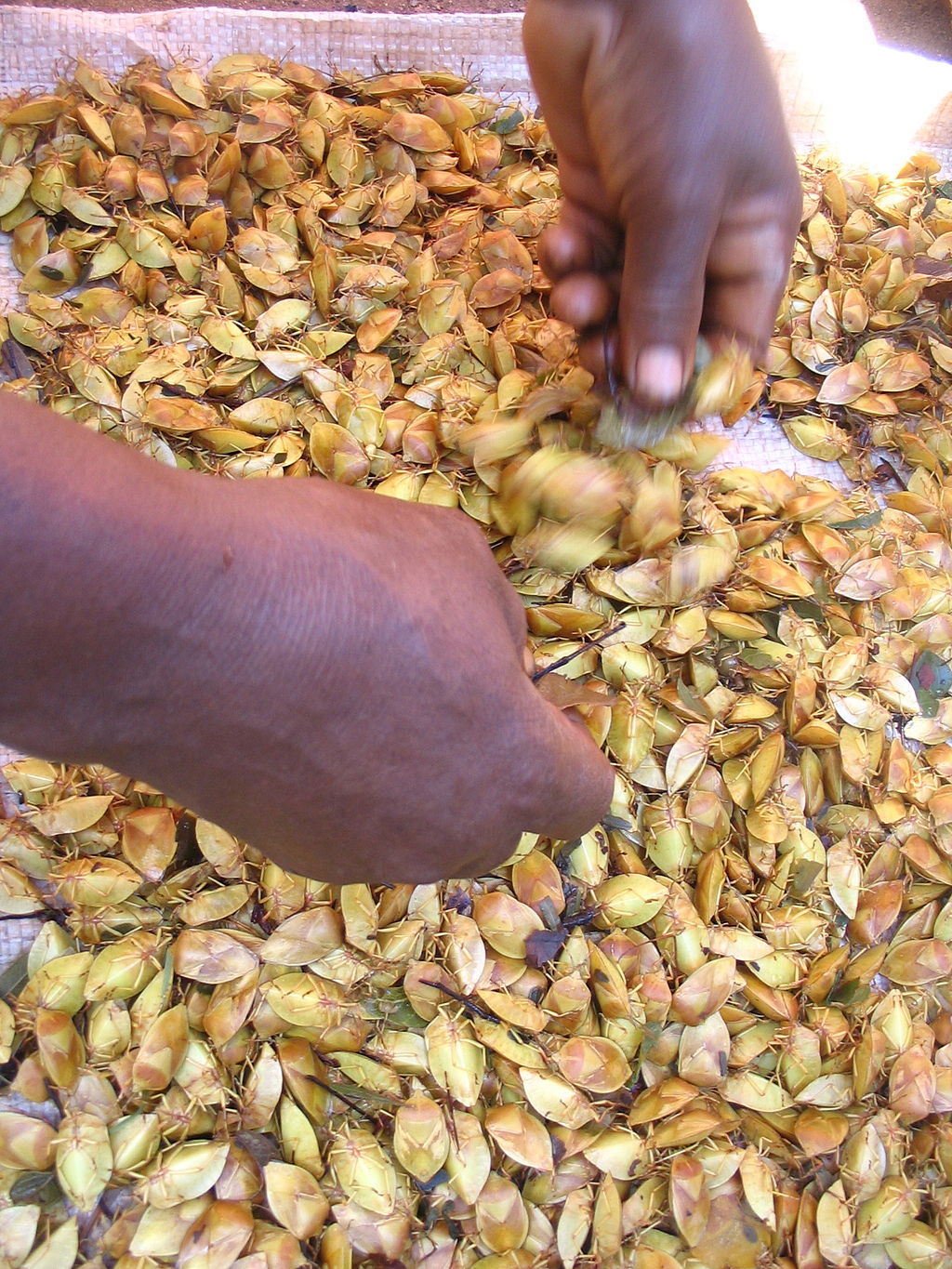 Photo by Cathy Dzerefos, Provincial Programme Manager: Limpopo Eco-Schools on Wikimedia Commons
Photo by Cathy Dzerefos, Provincial Programme Manager: Limpopo Eco-Schools on Wikimedia Commons
14. Termites
Though termites can take down entire homes with their burrowing skills, they also make up a large portion of the diet in rural Africa. People regularly raid termite mounds for a protein-rich meal. We’ll stick with American cuisine, thanks.
 Photo by Bernard DUPONT from FRANCE on Wikimedia Commons
Photo by Bernard DUPONT from FRANCE on Wikimedia Commons
15. Beetles
Commonly eaten in Mexico, Asia, and Australia, beetles are rich in fiber, minerals, proteins and fats. Though we can’t imagine eating these bugs in North America, there’s no denying their nutritional value.
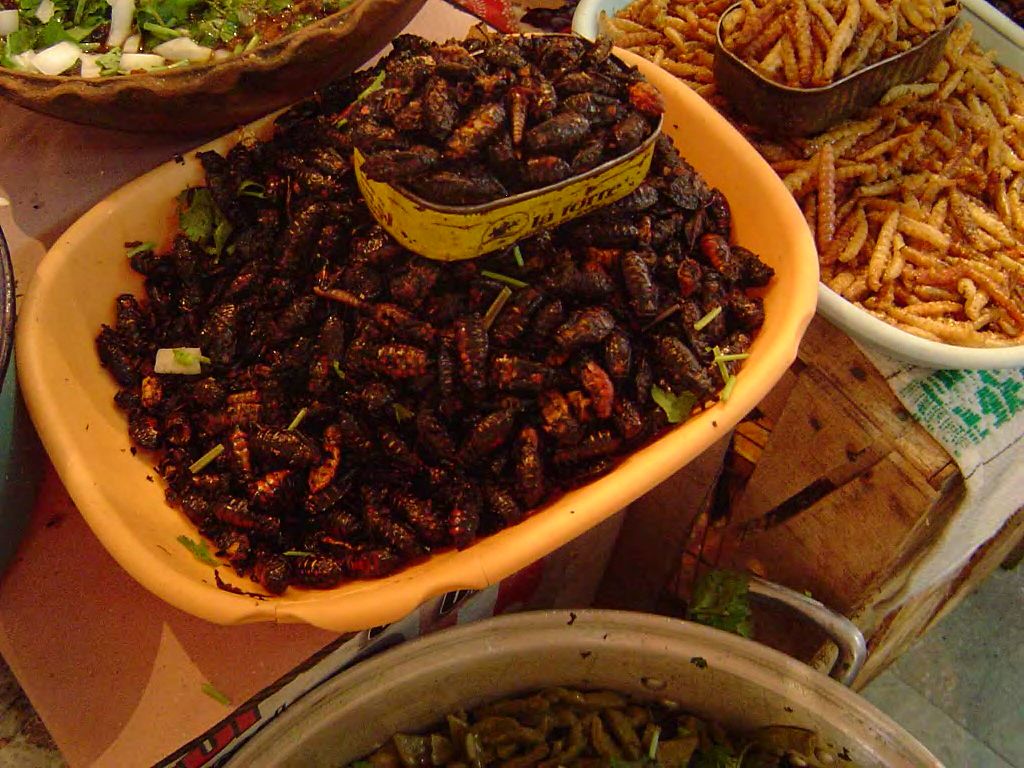 Photo by Maurice Marcellin on Wikimedia Commons
Photo by Maurice Marcellin on Wikimedia Commons
16. Bees
More than just a source of honey, people in Thailand eat bee larvae as a source of fatty acids, carbs, and amino acids. With the current state of the world’s honey bees, we vote against eating this particular bug.
 Photo by Waugsberg on Wikimedia Commons
Photo by Waugsberg on Wikimedia Commons
17. Mealworms
In Southeast Asia, mealworms are more than just food for exotic pets. They’re used to make things like insect burgers. Though they have been described as having shrimp-like flavor, we would rather save these critters for pet food in North America.
 Photo by Insektenwirtschaft on Wikimedia Commons
Photo by Insektenwirtschaft on Wikimedia Commons
18. Silkworms
Commonly used for making silk, nations like Asia, South America, and Africa use the meat of the silkworm for food. They not only provide protein but also help regulate lipid and blood sugar levels.
 Photo by Bondarev.gal on Wikimedia Commons
Photo by Bondarev.gal on Wikimedia Commons
19. Wasps
Wasp crackers, a type of cookie popular in Japan, are one of many ways in which Japanese people eat this bug. They also grind them up into various sauces, encase them in jelly, and marinate them in ginger for sushi. While wasps might deserve to be at the bottom of the food chain, we’re not inclined to try this spicy sky raisin.
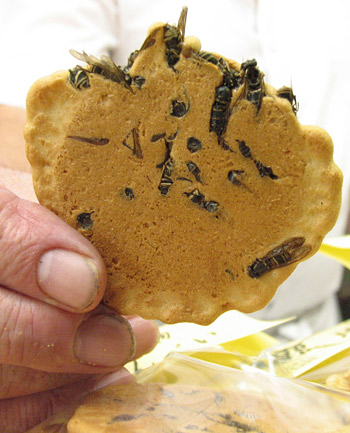 Photo by Foodfanatic83 on Wikimedia Commons
Photo by Foodfanatic83 on Wikimedia Commons
20. Silk Moth Pupae
In places like India and Korea, the pupae of silk moths are a delicacy. They can be boiled and then eaten with salt, or fried. Rich in nutrients, these bugs are an important part of some people’s diets—just not ours.
KEEP ON READING








